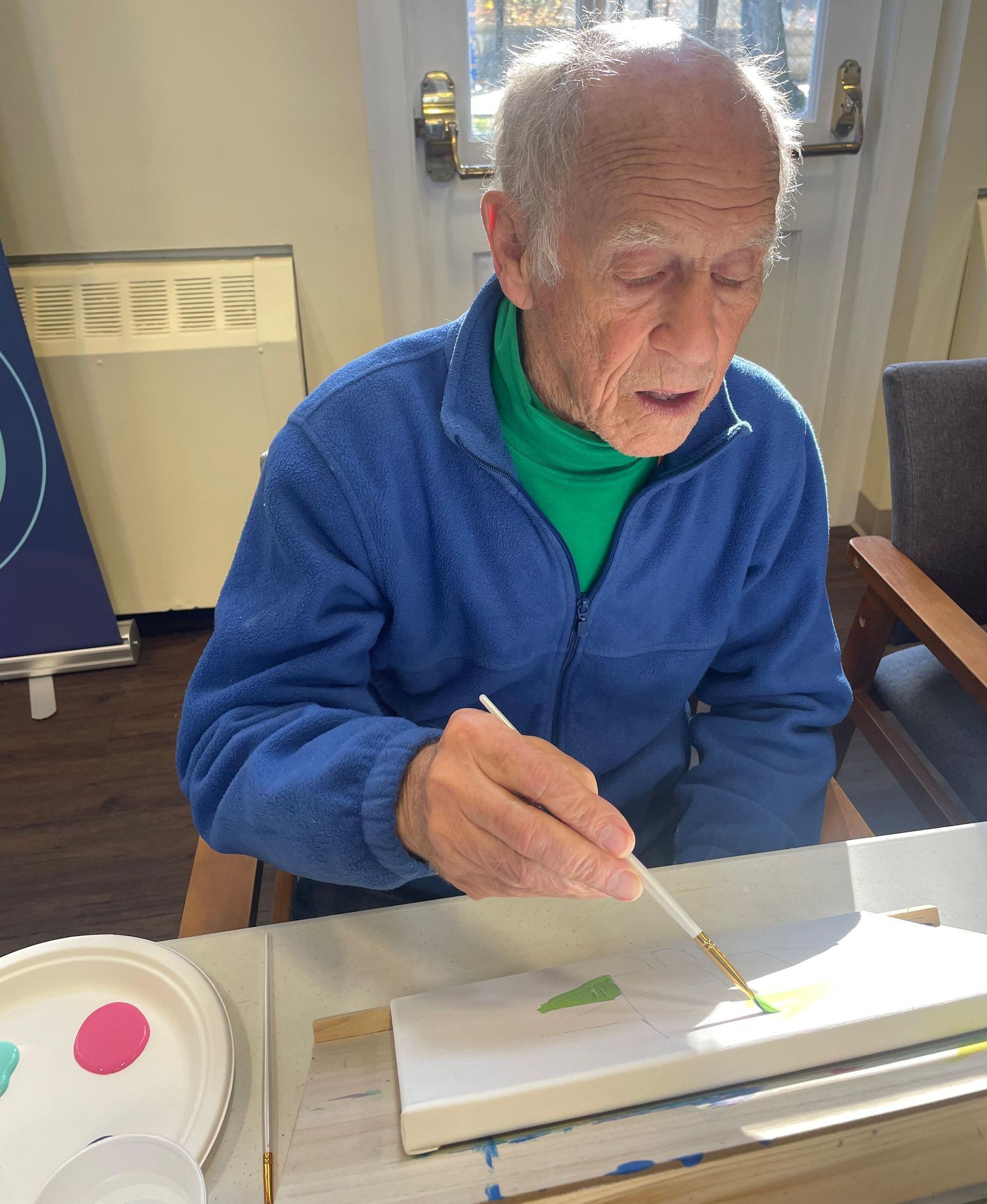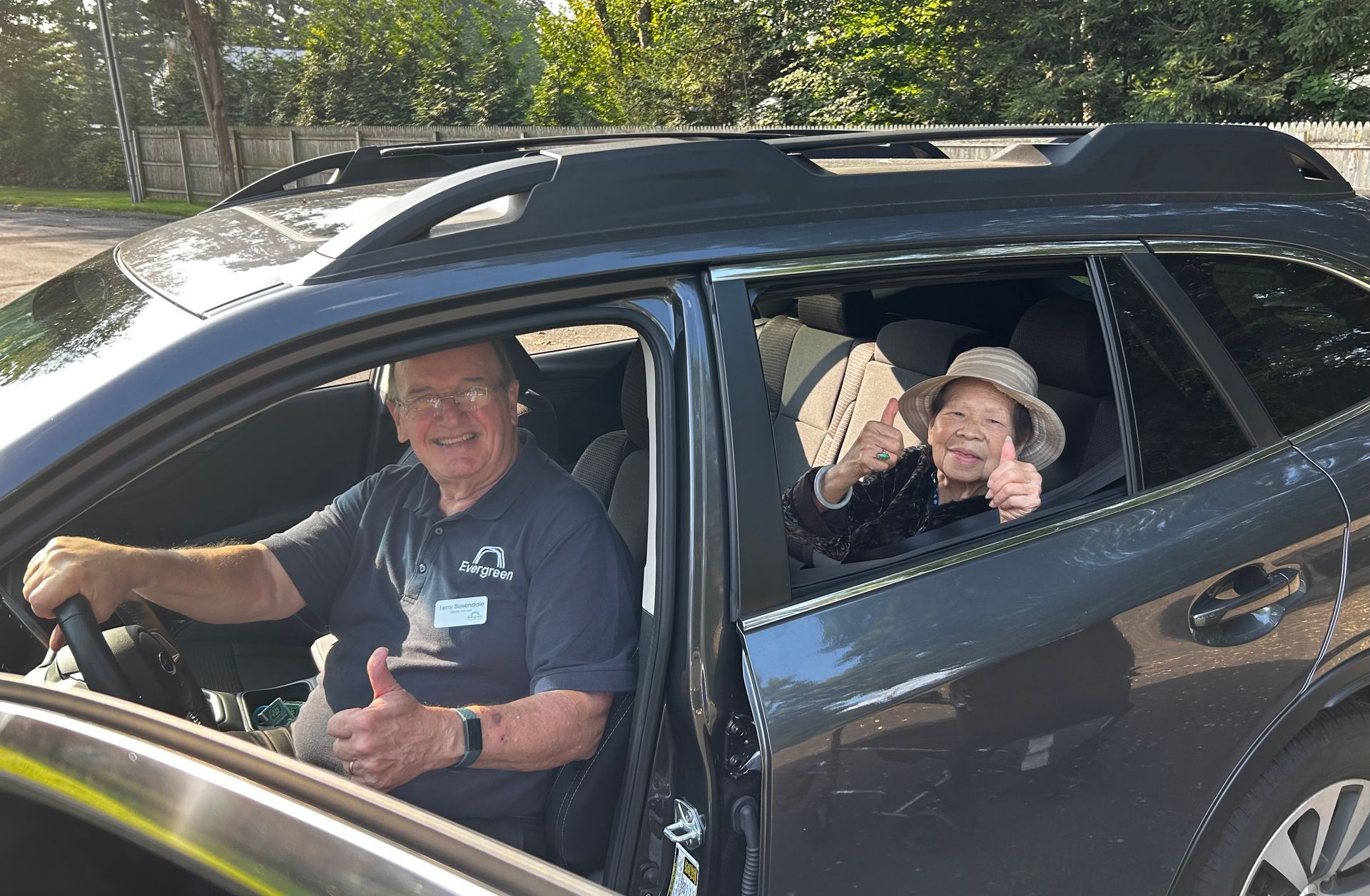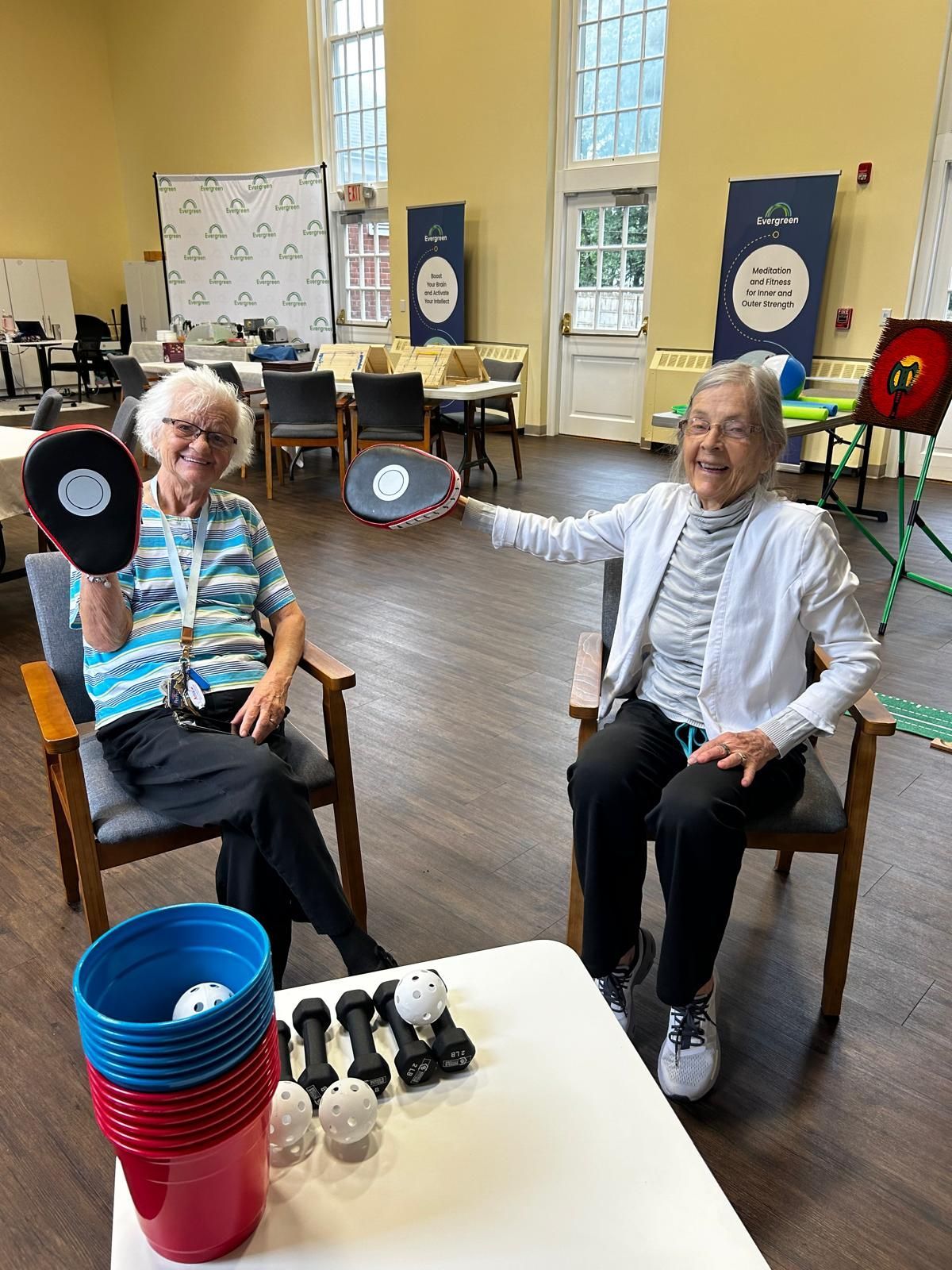Click HERE to RSVP to our Grand Opening on May 15th in Stamford, CT
Questions? Call us: 203-514-7450

Three Megatrends Point to a Need to Change
As I hold the reins of coordinating the care for my dad who’s recently been diagnosed with Mild Cognitive Impairment (which can often lead to a diagnosis of dementia), I’m living firsthand the challenges of 42 million adult caregivers caring for someone 50+.
As a former operator of senior living communities at Enlivant Senior Living, I had started to see several trends emerge from my time there in 2014 through 2019. Over the last several years, these “megatrends” have been gaining momentum catalyzed by an inflationary environment and post-pandemic disenchantment, among other reasons.
Several weeks ago, we learned of the pain felt by two major operators in the U.S., Enlivant and Waterton. I strongly believe we will continue to see more challenges in the senior living space for operators and investors, putting further pressure on the customer to find adequate solutions to manage late-life care.
The cracks in Assisted Living as a product are starting to become more apparent. Most of us are aware of the “silver tsunami” and the number of baby boomers turning 75 every day (10,000), but below are three other megatrends that may not be as apparent.
Megatrend #1 - The Rise of the Forgotten Middle
What Is the Forgotten Middle? In short, Forgotten Middle seniors are folks who have too much money to qualify for Medicaid, but not enough (or won’t have enough) financial resources to afford assisted living. It’s been defined as folks that have/will have between $25,000 and $75,000 in annuitized income.
In 2019, a widely discussed research paper entitled, "The Forgotten Middle: Many Middle-Income Seniors will Have Insufficient Resources for Housing and Health Care" gained a lot of steam in the senior housing media for the bleak picture it painted with respect to the financial resources of the "middle market". Four years later, we are ever closer to the avalanche of middle-income seniors entering the stage of their lives where they'll need additional care and services - a demand which the industry will not be able to meet.
Megatrend #2 - The Caregiver Staffing Crisis…Continues
The healthcare staffing crisis, which already existed pre-COVID, continues to worsen. Short of a new labor pool magically appearing (immigration reform / incentive policy, anyone?) operators and investors need to come to terms with the fact that the value proposition for employees in long-term care needs to improve dramatically. Wages, benefits and training need a drastic transformation. This transformation will of course come with a cost to operators and investors, which in turn are likely to drive higher costs to residents. This will either put senior living options out of the hands of even more middle-income seniors, or shorten their financial runway.
Seventy percent of assisted living providers still report significant or severe workforce shortage. As the demand for senior care continues to grow, the shortage of qualified caregivers exacerbates the problem, limiting the industry's ability to meet the needs of seniors effectively.
Recently I connected to a past colleague who shared, “the number one reason after death and needing a higher level of care for people moving out is ‘moved home with family’”. As another past colleague who took his own mother out of a higher-end assisted living community and brought her home said, “What am I getting for seven grand?”. In health care, the staff IS the product.
It does not matter how nice the carpeting is, how beautiful the building is…if the staff is made up of agency workers with poor onsite training, the product will suffer.
Megatrend #3 - The Rise of the Unpaid Caregiver, 42 Million Strong and Counting
According to a 2020 Study by the AARP, there are nearly 42 million Americans struggling emotionally and financially as they provide caregiving services to a loved one that is 50+ years old.
The motivations for adult caregivers to take in their parents vary:
- “Finances” - With the product offering at a long-term care facility less attractive, extending finances for as long as possible and choosing a better price/value option were paramount.
- “Mom could no longer live at home alone” - With the passing of a spouse, the adult children may opt to house their surviving parent in their home, rather than housing them in assisted living or leaving them alone in their home.
- “Unhappy with assisted living or dementia care options” - adult children often cited having had a negative experience with long term care, and preferred to take matters into their own hands as far as organizing the care and/or services for their parent.
- “Moral Duty” - An additional motivation was a sense of responsibility they felt to care for their parent(s).
More and more, adult caregivers are deciding to “opt” for taking care into their own hands, but it comes at a significant cost to them, often causing burnout, tension in domestic relationships and financial and personal stress.
The senior living industry stands at a critical juncture, facing significant challenges that demand immediate attention and innovative solutions. The limitations of luxury-focused development, the caregiver staffing crisis, the rising costs of assisted living, and the increasing number of unpaid adult caregivers have converged to create an urgent need for disruption.
To ensure that seniors can age in place longer and affordably, the industry must embrace a transformative approach that addresses the specific needs of the middle market and introduces creative solutions.







